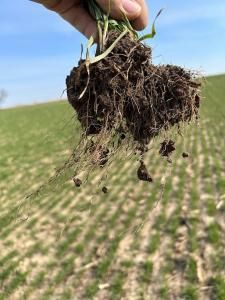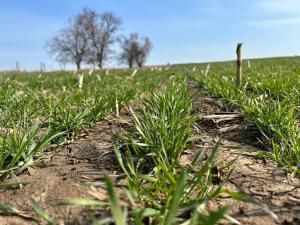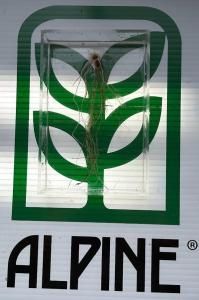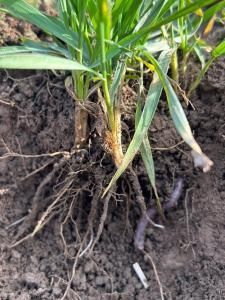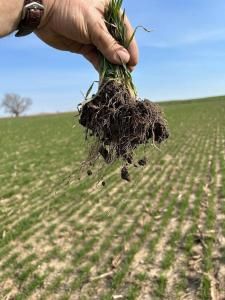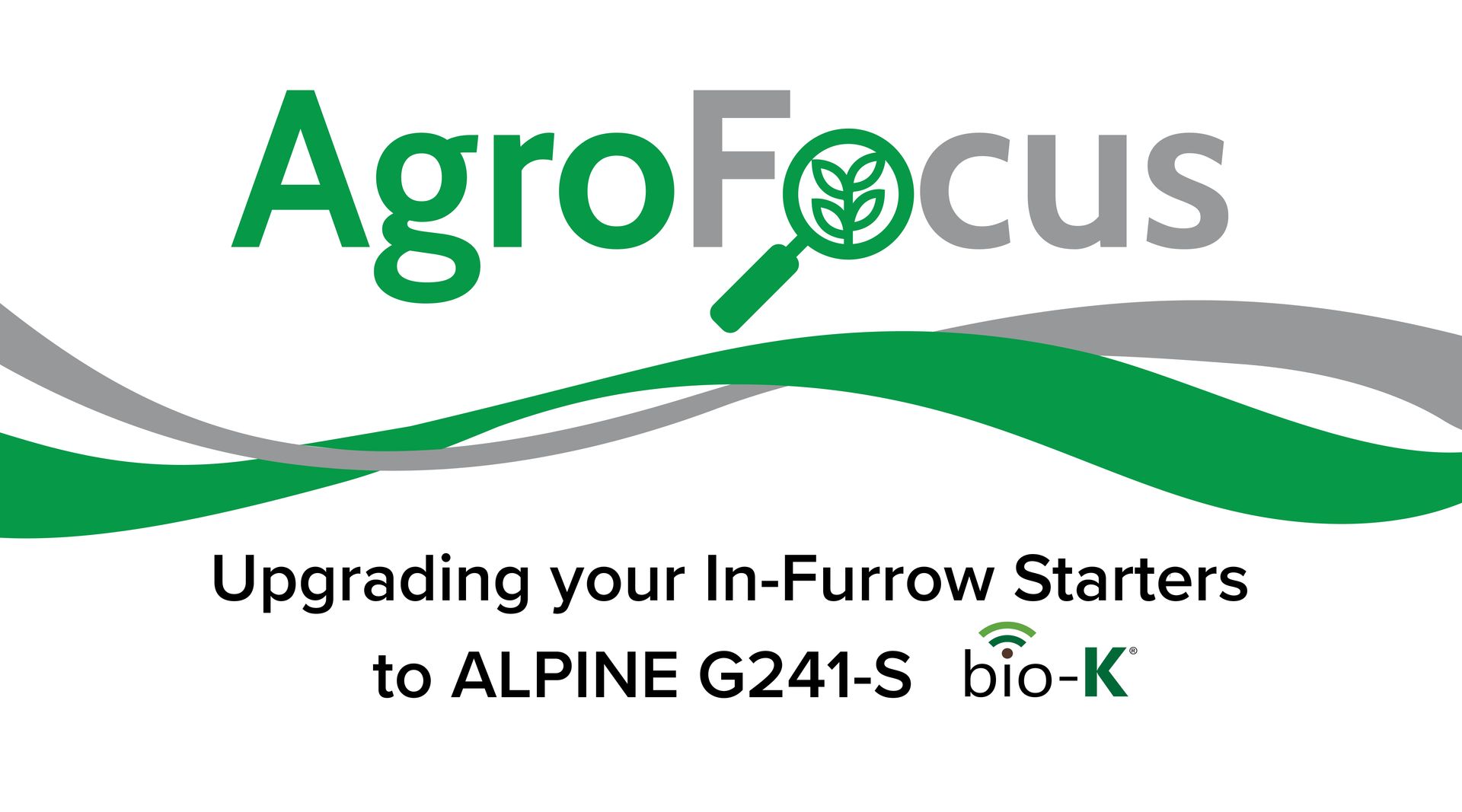AgroFocus Blog Series
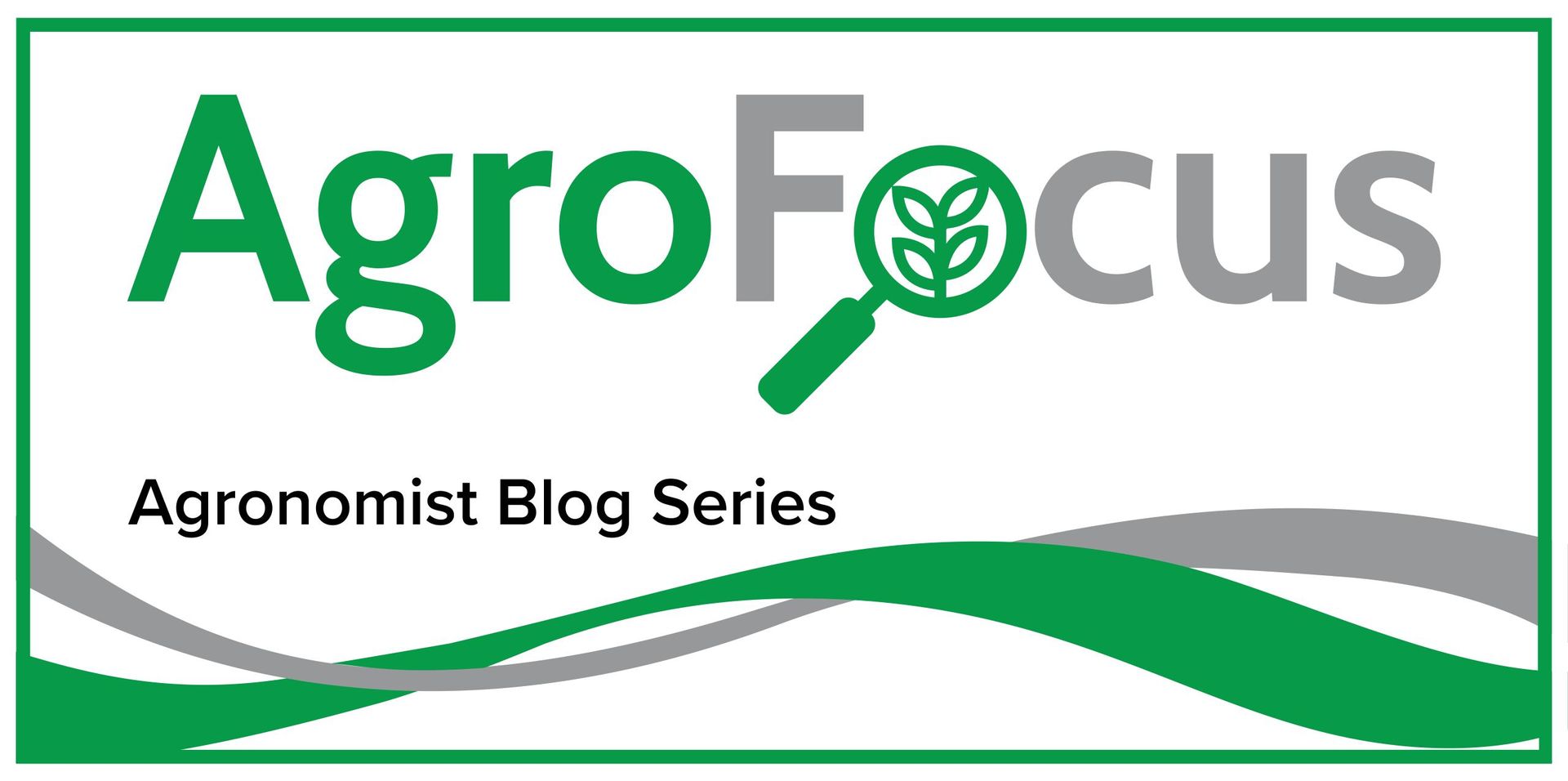
Ground Truth
With the warming sun of spring comes the budding of new life as it unfolds across our Canadian landscape. How quickly do snow-covered alfalfa, winter wheat, canola, and rye crops pick up where they left off in the fall? If you take one glance and then look away, you will miss the wonderment that is taking place before your eyes.
A passion for soils and plants can only be appreciated with mud on your boots as you ground truth your fields. The mystery beneath the crop is full of secrets yet valuable information to assist with tremendous crop success. With shovel in hand, it is time to evaluate plant and soil health, supporting and verifying your cropping plans.
With this first blog comes a challenge: better understanding the difference between applying fertilizer or balancing fertility needs for the crop. Are we estimating yields and using removal rates, or are we monitoring our crop progression and strategically managing fertility to enhance crop growth? What strategy do we have with only a few opportunities to influence these crops?
The photos that accompany this blog were taken on April 10 th , walking across this winter wheat field, investigating a benchmark for how we can amplify this crop’s success. With different ALPINE fall fertility programs and micronutrient applications, I want to gain knowledge for this crop and future years. One can better understand how the fall fertility decisions have paid off by retrieving plants and roots.
As this is just one snapshot, I look forward to sharing more information on how ALPINE Bio-K can make a difference. From root scans measuring root tips to tissue analysis monitoring nutrient balance and an opportunity to measure microbial activity.
Understanding that we can only manage what we can measure, what actions have you taken or planned to take this month? Have you walked your fields, measured the temperature, dug up some roots, and even washed them off? Does the color of your crops look the same on your knees as it does driving by, and is the plant stands as even as expected?
These are all learning experiences that ground truth will provide to build your knowledge for more informed decisions. Please take a walk, and see that plants and roots have a story to tell and will respond to your attention to detail. And in my next blog, I will reveal some root scan results and measuring tips for your success as we Maximize Fertilizer Efficiency together.
-Steve McQueen, Agronomy Manager





